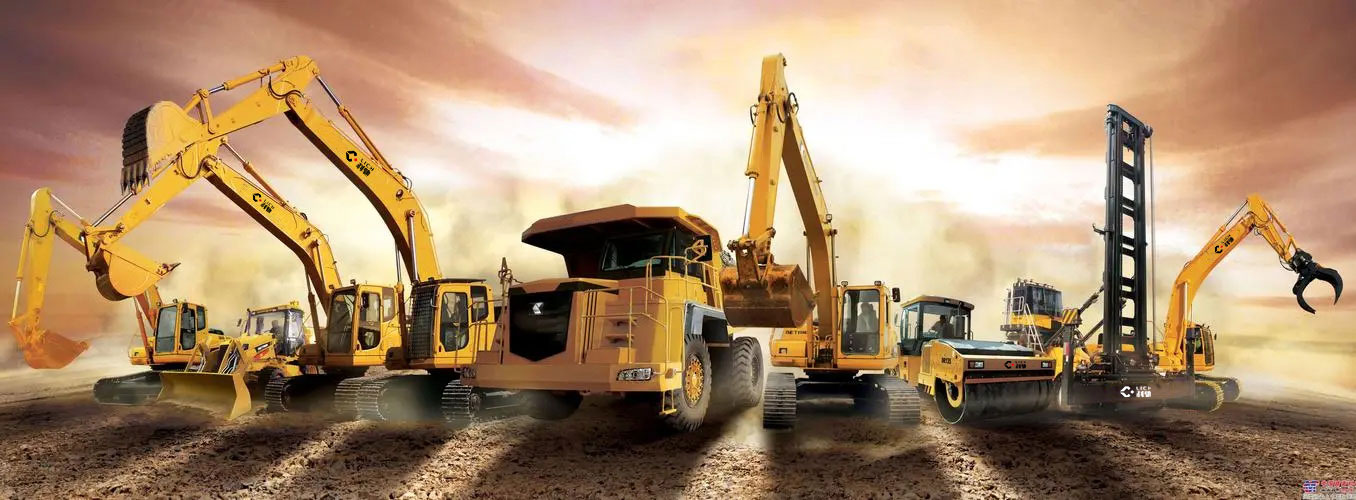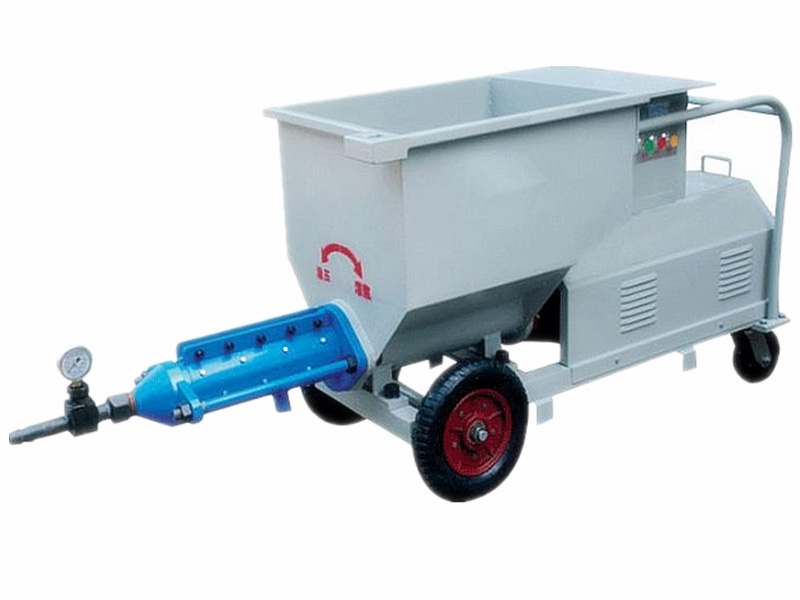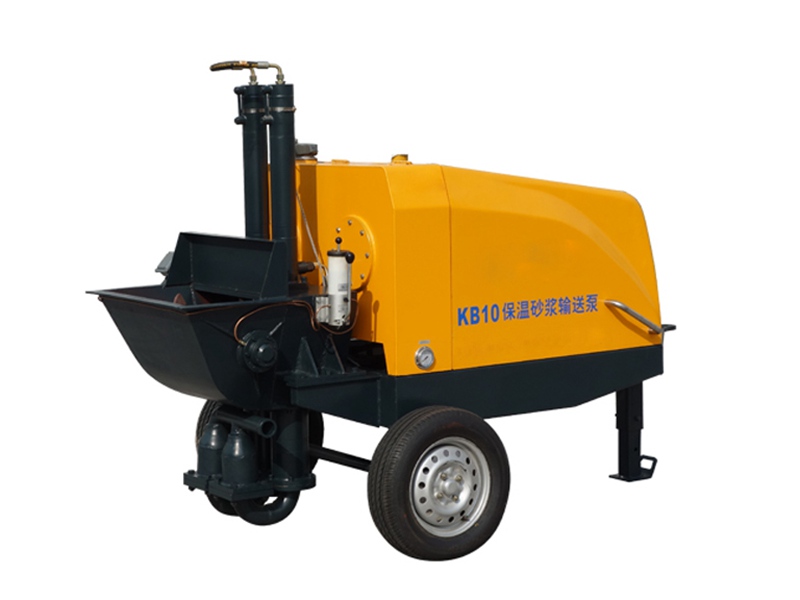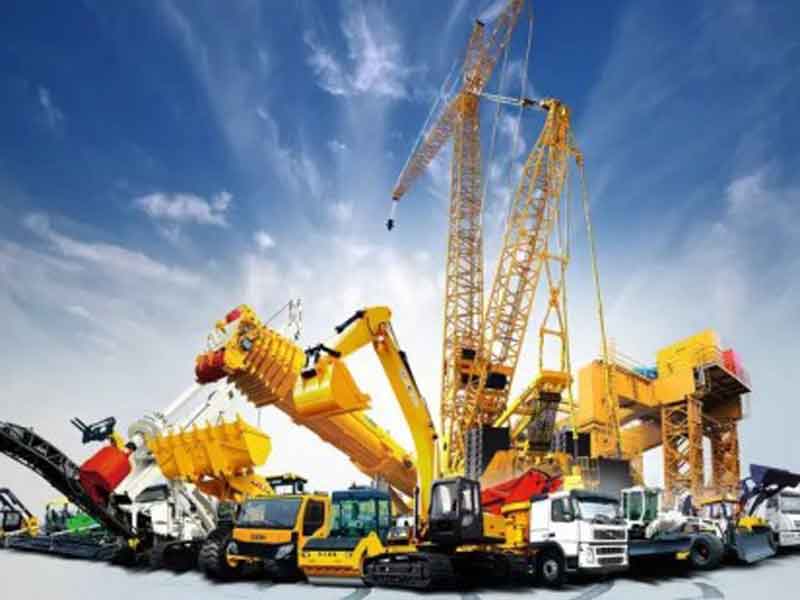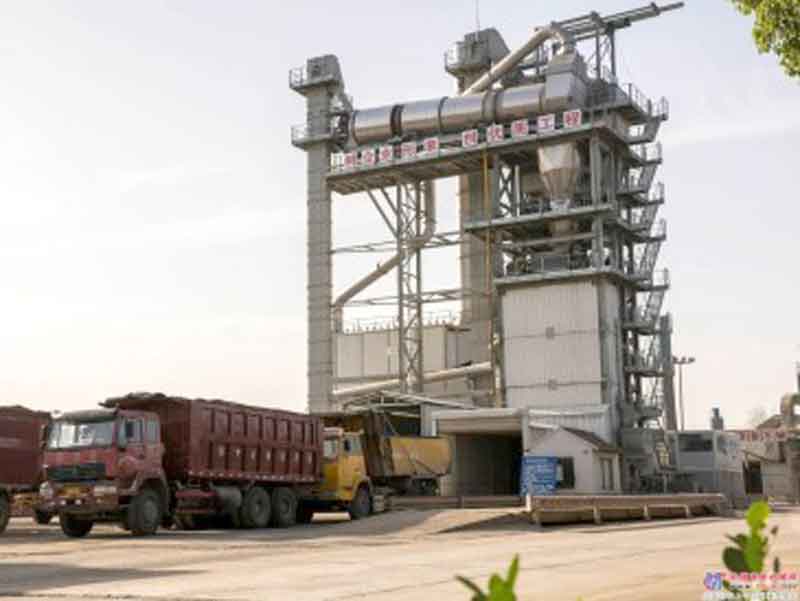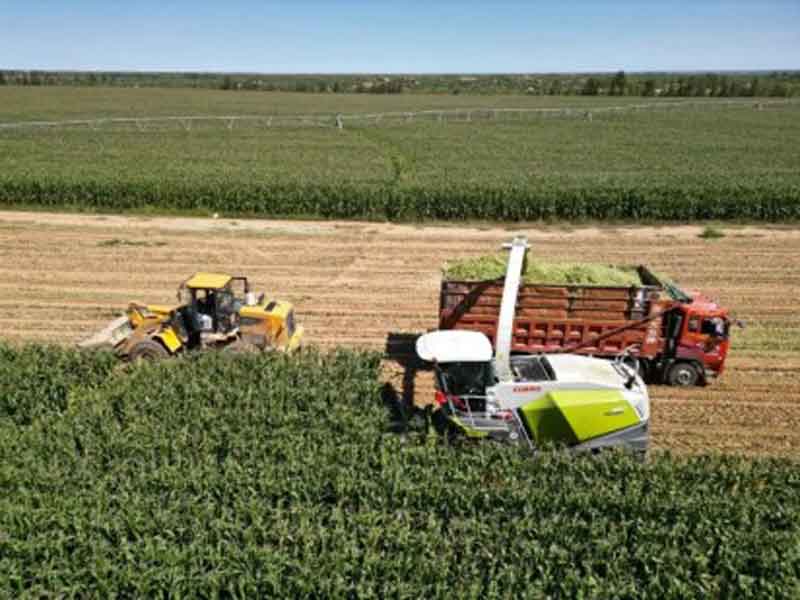Excavator Classification
Classification by walking mode
Crawler excavator: It uses crawler tracks as a walking device, with strong grip, strong off-road ability, good stability, and can adapt to various complex terrains such as mud, sand, and slopes. It is often used for earth excavation, mining, underground operations, etc. Engineering machinery crawler excavator
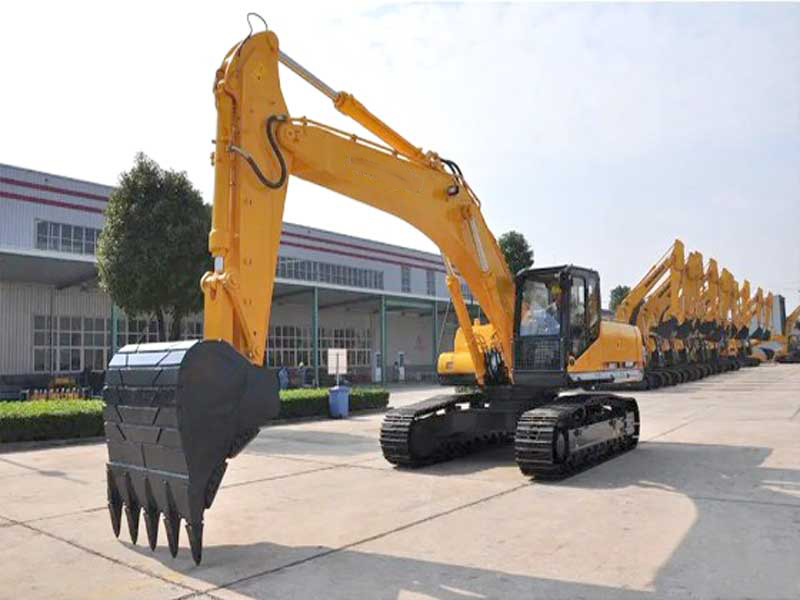
Wheel excavator: It uses tires as a walking device, with fast moving speed, flexible driving, and less damage to urban roads. It is suitable for operations in urban construction, small construction sites, etc., such as laying underground pipelines, municipal maintenance, etc. Engineering machinery wheeled excavator
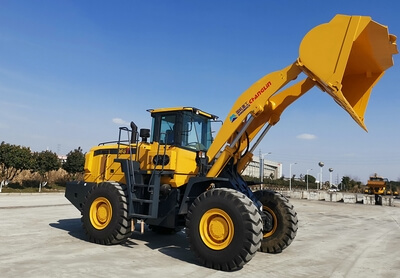
Classification by working device
Backhoe excavator: The bucket pulls soil backwards, with flexible movements and a large operating range. It is suitable for most daily construction needs, such as foundation pit excavation, trench excavation, etc. Engineering machinery backhoe excavator
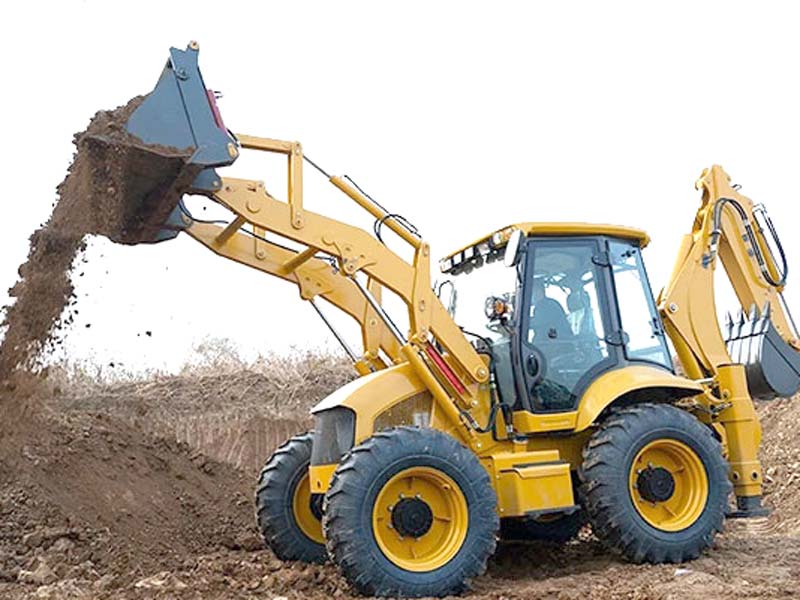
Front shovel excavator: The bucket pushes soil forward, with strong digging force, and is mostly used for large-scale mining operations and excavation in open-pit mines. Engineering machinery Front shovel excavator
Classification by size
Large excavator: generally used in large engineering projects, such as mining, large infrastructure construction, etc., with large excavation force, high work efficiency, and adaptability to harsh working conditions.

Medium excavator: widely used in various types of engineering construction, such as building construction, road construction, etc., taking into account both excavation force and flexibility.
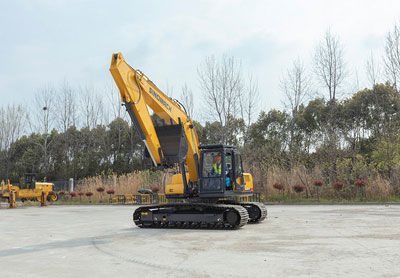
Small excavator: The body is small and flexible, and can enter narrow spaces for operation. It is often used for landscaping, indoor demolition, small municipal projects, etc., with the advantages of convenient transportation and low energy consumption.


